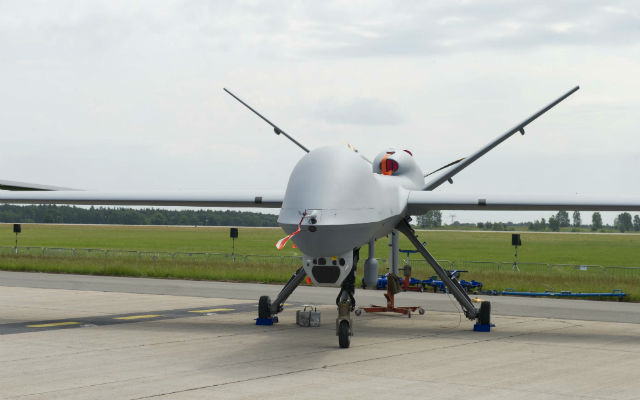General Atomics Aeronautical Systems is planning a move into the Indian market with its Predator family of unmanned air vehicles in the wake of diplomatic initiatives that should ease restrictions on the sale of the technology to New Delhi.
It will establish an office in India’s capital by the end of the year and the manufacturer is thought to be targeting a requirement from the Indian navy with the Guardian maritime surveillance variant of its Predator platform.
“We are looking forward to continuing to enhance our co-operation with India by working with the US government to provide the Indian navy with persistent, operationally proven maritime domain awareness,” says Linden Blue, chief executive of General Atomics.
The decision to set up in India comes just weeks after the country was accepted into the Missile Technology and Control Regime (MTCR), enabling other member countries to sell it UAV systems.
Although the aim of the MTCR is to restrict the proliferation of missiles, UAVs and similar technologies are also included in its remit.

The company's Predator B UAV
BillyPix
India has had little success in developing indigenous systems – the Nishant programme was plagued by aircraft losses – and it has entered into a number of agreements to co-develop western platforms.
This includes a February 2015 deal between Bangalore-based Dynamatic Technologies and US firm AeroVironment that will lead to the development of the “Cheel”, a system derived from the latter’s family of small UAVs. Tata Advanced Systems is also partnered with Boeing to develop unmanned technology.
Elsewhere, General Atomics and the Dutch NLR aerospace laboratory on 14 July signed an agreement to work on integrating UAVs in non-segregated European airspace.
“NLR’s tremendous airspace and air traffic control modelling and simulation capabilities allow us to test and validate civil airspace integration concepts for medium-altitude, long-endurance [MALE] unmanned aircraft systems,” Blue says.
“NLR’s contribution to Predator B’s integrated detect and avoid system helps further international acceptance of MALE UAS flight in civil airspace worldwide.”
General Atomics is developing the Certifiable Predator B variant, which is designed to be operated in national airspace in adherence to NATO standards.
Source: FlightGlobal.com



















